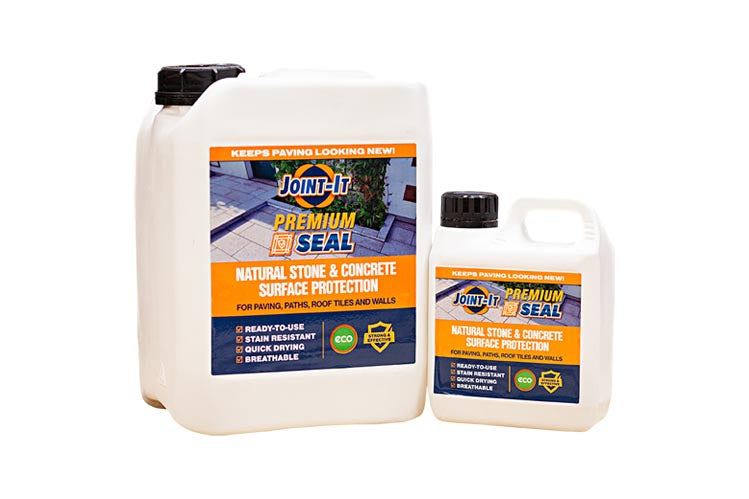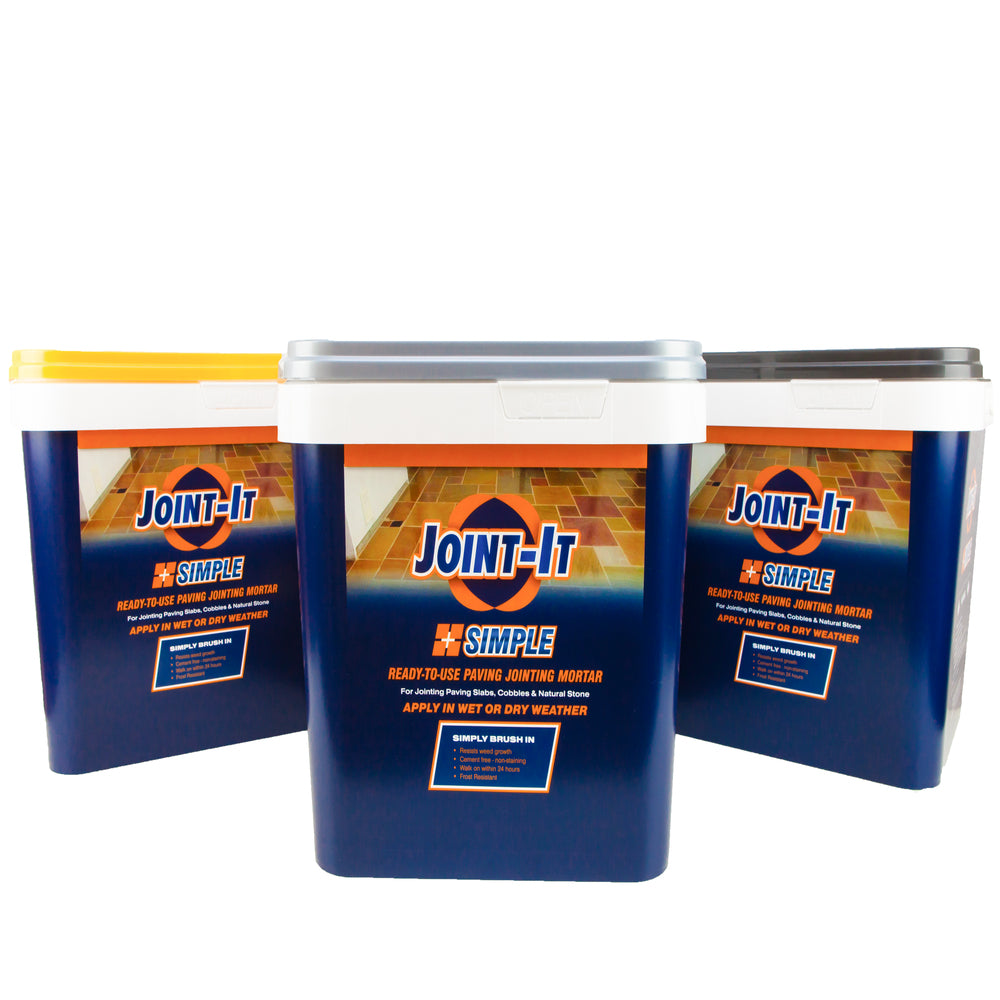Limestone paving can make a nice adornment to any exterior garden space, regardless of whether you’re trying to create a comfortable home or prepare the property for resale.
The best way to achieve this is to clean your limestone paving on a regular basis, while it’s also important to understand the precise nature of specific stains and the most effective methods for removing them. So, here are some ideas to keep in mind when cleaning your limestone paving:
Getting Starting with the Basics - How to Carry Out Day-to-day Cleaning
In terms of frequent and everyday cleaning, it’s important to develop an informed technique and process that guarantees the best possible results (while making this task as quick and as easy as possible!).
This should start by sweeping away any dust and debris, which can accumulate quickly on the limestone paving within a relatively short period of time.
Fortunately, you can do this efficiently enough with a soft-brush household broom, as this will remove even small particles of debris that have gathered since the last clean. Try to be as thorough as you can when sweeping, as otherwise you’ll run the risk of residual dirt being dragged across your paving during the cleaning process.
Once you’re satisfied that your paving is clear, the next step is to wash the limestone clean. This may be a little more complex and time-consuming in instances where tough stains have accumulated on your paving, but we’ll go into the best practice for removing embedded marks a little later in the piece!
For a general clean, you simply need to dilute a small amount of non-acidic soap into a bucket of warm water, before using a sponge mop to wipe down the tiles.
We’d definitely recommend using a generous amount of water during the cleaning process, while you should also leave this to settle for around 30 to 45 minutes.
This allows ample time for the accumulated dirt and debris to be broken down effectively, and once the time is up you can then rinse the tiles with clean warm water and ensure that any residual liquid has been removed.
If you’re anything like us and want to ensure that your limestone paving is particularly clean, you may also want to consider steaming the tiles once they’ve dried. This will also allow you to target the small pockets that exist between tiles, which may collect additional dirt and grime over time.
You can use a simple domestic steam cleaner (preferably one with interchangeable heads) to complete the clean, ensuring that your paving is the envy of your neighbours!
-2.jpg)
What About Those Pesky Tough Stains? How Do You Remove These From Limestone?
We spoke earlier about tough and deep stains, and there’s no doubt that removing these requires a little more forethought and slightly different cleaning techniques.
With this in mind, here’s a breakdown of the most common limestone stains and the best methods for tackling them:
-
Soap Scum
If you do clean your paving regularly, you may notice that soap scum begins to accumulate on your limestone tiles over a period of time.
Fortunately, these can be removed quickly and effectively using simple baking soda, which is a natural cleansing agent that can be purchased cheaply from any supermarket.
Simply apply the baking soda to a damp sponge and rub the stain in a circular motion, before rinsing the area with warm water once the mark in question has been lifted.
You can also use non-acidic soap scum removers or stone cleaners to achieve this aim, although this choice is completely personal to you.
-
Rainwater and Mineral Stains
The UK is renowned for receiving occasionally Biblical amounts of rain, and this can cause a huge issue for your limestone paving. More specifically, rainwater can seep into sand-cement mortar, which upon evaporation may increase the alkalinity of the solution and travel to the surface of your tiles.
This subsequently deposits mineral salts, which stain the paving and can cause white and grey marks to appear over time.
These should be removed using a wet commercial poultice, which is sold by number of brands including Stone Pro.
This features an effective but non-acidic formula that can simultaneously remove deep-set stains and prevent your limestone paving from becoming marked, discoloured or completely ruined, making it safe and effective to use in equal measure.
It should also be applied to stained areas for a period of between 48 and 72 hours, during which time the poultice will dry and be absorbed into the limestone. At this point, the poultice can simply be washed away, and hopefully, it will take the stain with it to leave your limestone paving looking as good as new!
-
General Dirt
While frequent cleaning should keep your paving largely dirt-free, there may be instances where embedded debris can cause your limestone to stain.
Dealing with this type of mark should be simple enough, as non-acidic soap and domestic stone cleaners can be used to target the stain.
Whatever cleansing agent you use, you need to dilute this in a bucket of water and apply this directly to the stained area of paving.
Then, leave this in place for around 10 minutes or so, before brushing away the solution and rinsing any residue with clean water. Once dry, you should notice that the dirt stain has gone and the paving has returned to its original colour!
The Last Word on Cleaning Limestone Paving
Ultimately, frequently cleaning your limestone paving represents the best and most proactive way of keeping your tiles in pristine condition.
On a similar note, you can also look to re-seal your stone every few years, as this may help to prevent acid damage and the accumulation of various types of stain.
In instances where embedded stains do appear on your limestone paving, you can also apply various cleansing agents and techniques to remove these quickly and effectively. All that’s required is a little care and elbow grease, which can go a long way in the quest to create a beautiful garden space!


